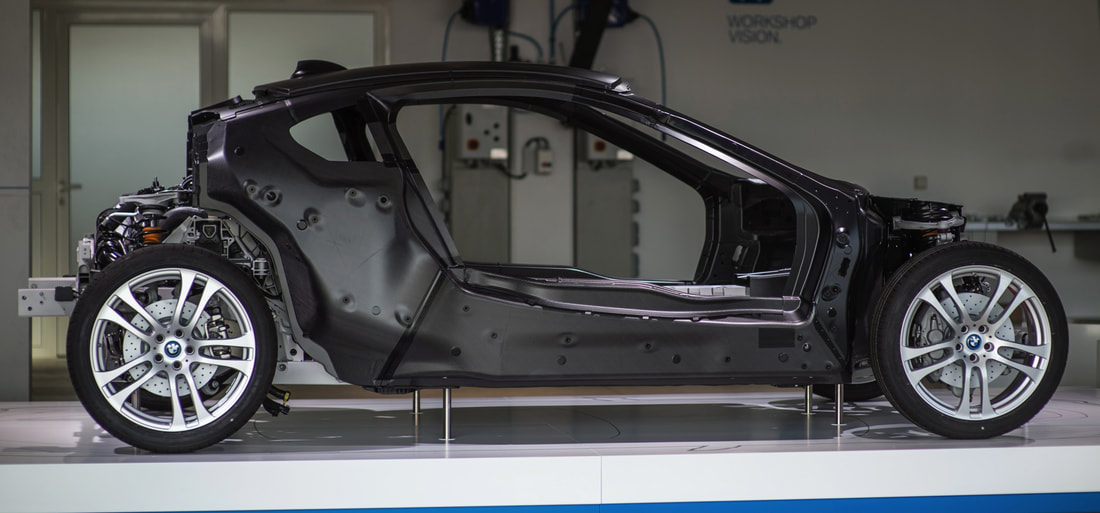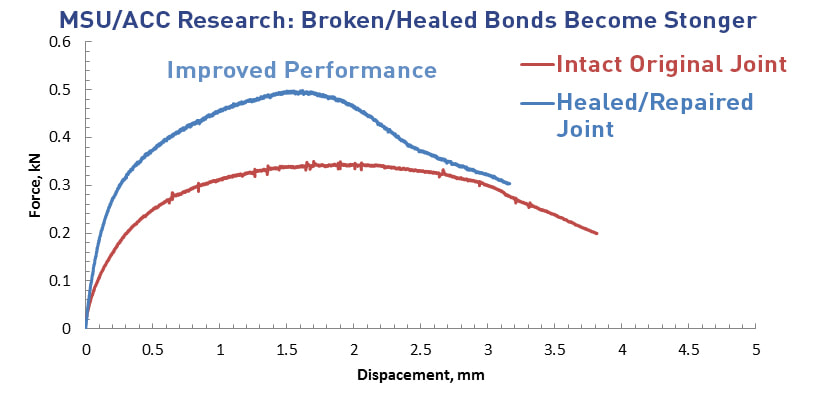An example of that is a new composite technology, developed and patented by the company Safran, which consists in a manufacture of aircrafts blades and nacelles lighter than the traditional ones by using a new 3D reinforcement made in carbon fiber with a ceramic Matrix. This new combination will provide to the new manufactured components a higher thermal performance by withstanding to temperatures up to 1,300 °C, and a weight decrease by reducing the weight of the engines by 250 kg (10% of its total average weight), thereby reducing the fuel consumption as well. These and other benefits can be checked in the dynamic video below: For more information, access: https://www.safran-group.com/aviation
0 Comments
According to “Engineering Materials ”, there are studies under development in the healthcare area to use carbon fiber composite tools as an alternative to orthopedic surgery procedures that commonly uses an equipment named fluoroscope, used to show real time images to the surgeons from the inside of the patient during the surgery.
“The radiolucent properties of carbon fibre composites give these instruments almost complete transparency under a fluoroscope, the real-time X-ray imaging tool used in surgery. Conventional metallic instruments must be repositioned or removed to allow clear imaging during surgery with composite replacements reducing surgery time and patient risk” says Engineering Materials Article. Another advantage about these intruments is the fact that they are lighter than the traditional steel tool, providing the surgeon with more speed and accuracy while using them. There are other alternatives being considered for composites in the healthcare sector, providing high technology solutions and efficiency to one of the most important people’s patrimony, life itself. For more info access: http://www.materialsforengineering.co.uk/engineering-materials-features/carbon-fibre-replacing-metals-and-polymers-as-material-of-choice-in-medical-applications/160312
Called “FIBRESHIP”, the project financed by the EU “Horizon 2020” program, aims to produce large hulls for commercial ships by using thermoset composites with fiberglass, reducing its weight to approximately 30% if compared to the traditional steel structures, bringing a bunch of benefits for the ship itself , like an estimated decrease in fuel consumption between 10% to 15%, a load capacity increase up to 12% and an increase of the recycling rate from the current 34% of steel structures to 75%.
The “Horizon 2020” program was created by a partnership between the EU countries with the prime objective to secure Europe's global competitiveness, The “FIBRESHIP” project has the support of 18 entities from 11 countries, including universities, research institutes and companies in Europe. For more info, access: https://ec.europa.eu/programmes/horizon2020/
Its capacity is demonstrated in many applications, from the bonding of vehicle’s structures such as bus roofs, to a complete bonding of two halves of a 70 meter length wind turbine blade. This year, another huge step has been taken towards structural adhesives industry after the demonstration of a new product developed by The American Chemistry Council (ACC) and researchers at Michigan State University (MSU). Known as “Reversible Adhesive” is a thermoplastic adhesive for multi-material joining that becomes stronger after use and repair/rebonding, which is a significant development for the repairability and end-of-life recyclability of CFRP-intensive (carbon-fiber-reinforced polymer) vehicles, for example. The thermoplastic adhesive contains iron microspheres that vibrate with electric current and become very hot, 320 to 800°F (160 to 427°C) within seconds, melting the thermoplastic adhesive before the surrounding material heats up. It then can harden in seconds, essentially becoming fast-acting glue that bonds over and over on demand.
For more information please access: http://articles.sae.org/15560/ By using a unique aerodynamic design and a light structure made in Composite Materials, “Airfish 8” provides a fast maritime transportation with a fuel efficiency in a craft that can be docked like a boat and fly a few meters above the surface like a plane with an average cruise speed of 150 Km/h. “Airfish 8” is powered by a powerful V8 car engine that runs on gasoline, reducing drastically its costs if compared to traditional aviation fuel commonly used on aircrafts. For more info access: http://www.wigetworks.com/airfish-8/
|
AuthorLucas Camatta, graduated in Business Administration, 6 years of experience in the composites area, Director Manager at CRC Composites Archives
October 2017
Categories
All
|







 RSS Feed
RSS Feed
